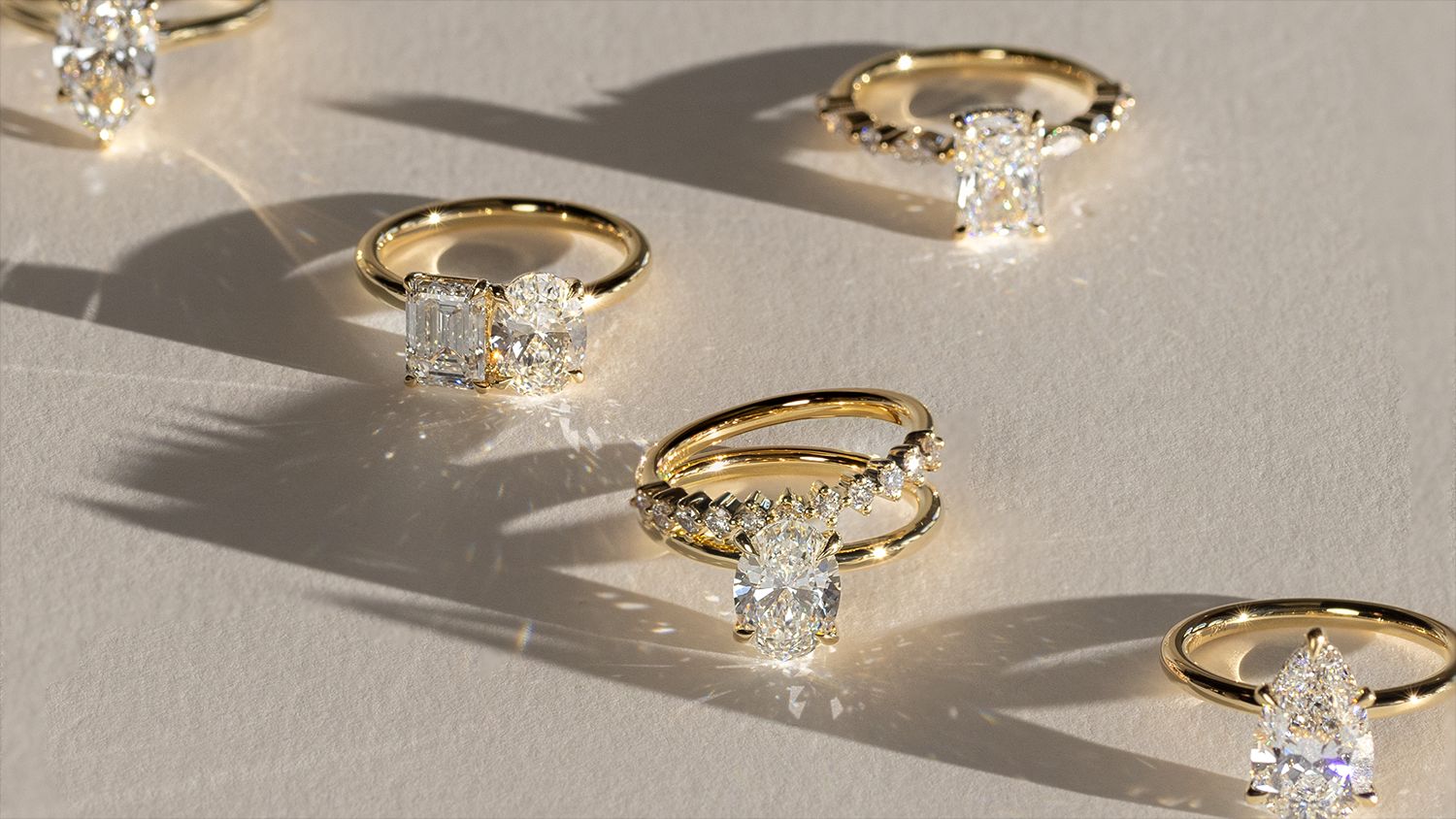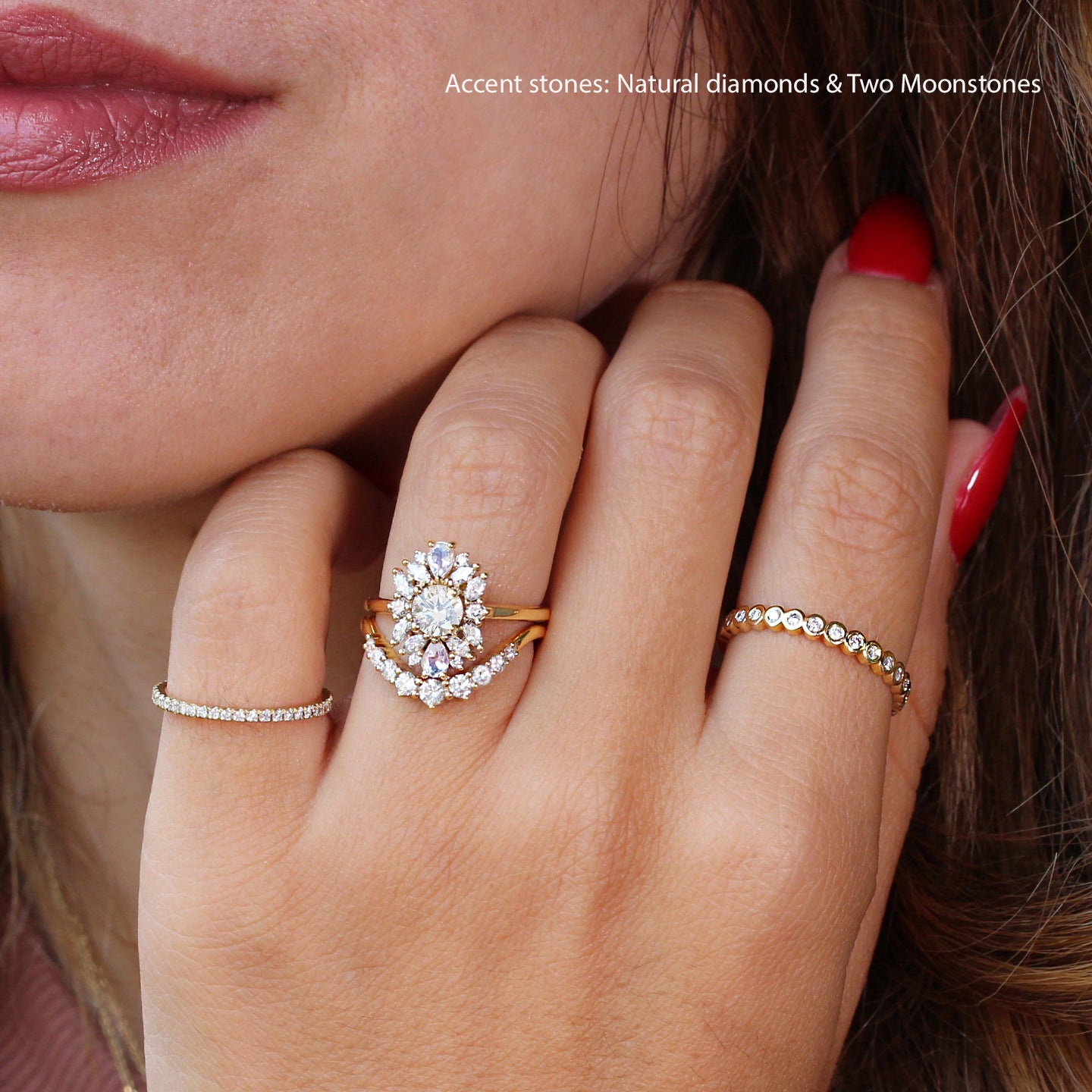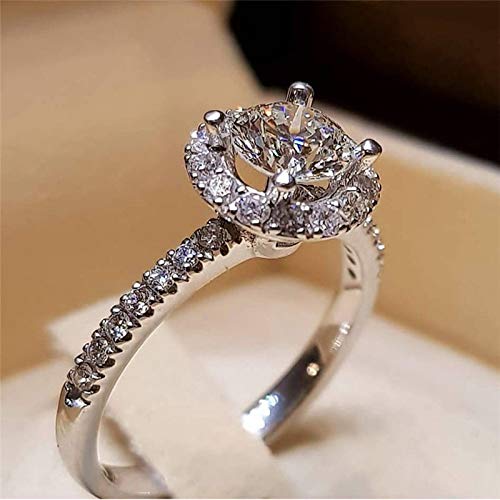

The emergence of lab-grown diamonds has sparked a significant shift in consumer attitudes toward ethical luxury. These synthetic gemstones not only offer an environmentally sustainable alternative to traditional mined diamonds but also address pressing social issues related to labor practices in the diamond industry.
As the technology behind their creation continues to advance, questions arise about the implications for both consumers and the market at large.
Exploring the nuances of this evolving landscape reveals a variety of factors that may influence your next purchase decision. What might these developments mean for the future of luxury jewelry?
What exactly are lab grown diamonds? Lab grown diamonds, also known as synthetic or cultured diamonds, are man-made gemstones created through advanced technological processes that replicate the natural diamond formation occurring in the Earth's mantle.
These diamonds are produced using two primary methods: High Pressure High Temperature (HPHT) and Chemical Vapor Deposition (CVD). Both techniques result in diamonds that possess the same physical, chemical, and optical properties as their natural counterparts, making them indistinguishable to the naked eye.
Lab grown diamonds are graded and certified by gemological institutes, ensuring their quality and authenticity. As a result, they present a compelling alternative to mined diamonds, offering consumers a choice that aligns with modern values of sustainability and ethical sourcing without compromising on beauty or quality.
The environmental impact of diamond production is a critical consideration for consumers and industry alike. Traditional diamond mining is associated with significant ecological disruption, including habitat destruction, deforestation, and soil erosion.
The extraction process often requires large amounts of water and energy, contributing to pollution and greenhouse gas emissions. In contrast, lab-grown diamonds are created using advanced technological processes that minimize environmental degradation.
Additionally, lab-grown diamonds can be manufactured using renewable energy sources, further reducing their ecological footprint. As consumers increasingly prioritize sustainability, lab-grown diamonds present a compelling alternative that aligns with conservation efforts while still offering the beauty and quality of natural diamonds.

Frequently, consumers are concerned about the ethical implications surrounding diamond sourcing, particularly in relation to traditional mining practices. The diamond industry has long been scrutinized for its association with human rights violations, including child labor, unsafe working conditions, and funding conflict.
In contrast, lab-grown diamonds offer a transparent supply chain, eliminating the risk of these ethical dilemmas. By producing diamonds in controlled environments, companies can guarantee fair labor practices and environmentally responsible methods.
Additionally, lab-grown diamonds are often marketed with certifications that affirm their ethical origins, providing consumers with peace of mind. As awareness of ethical consumerism grows, lab-grown diamonds represent a compelling alternative for those seeking to make responsible purchasing decisions without sacrificing beauty.
Lab-grown diamonds are increasingly recognized for their remarkable quality and value, often rivaling or surpassing their mined counterparts. These synthetic gems possess the same physical, chemical, and optical properties as natural diamonds, resulting in stunning brilliance and clarity.
Advanced technology enables the creation of diamonds that are virtually flawless, and they can be produced in a variety of colors and sizes, catering to diverse consumer preferences. Additionally, lab-grown diamonds typically cost 20-40% less than their mined equivalents, making them an attractive option for budget-conscious buyers without compromising on quality.
As consumer awareness of ethical sourcing grows, the value of lab-grown diamonds continues to rise, positioning them as not only a sustainable choice but also a financially savvy investment.

As consumers increasingly embrace lab-grown diamonds for their quality and ethical sourcing, these synthetic gems are gaining popularity across various applications. In addition to traditional use in engagement rings and fine jewelry, lab-grown diamonds are becoming a favored choice for fashion accessories, including earrings and bracelets, where individuality and sustainability are paramount.
The gemstone industry is also witnessing an uptick in the use of lab-grown diamonds in industrial applications, such as cutting tools and electronics, due to their superior hardness and thermal conductivity.
Furthermore, an emerging trend is the customization of lab-grown diamonds, allowing consumers to select specific sizes, shapes, and colors, further enhancing their appeal. This versatility positions lab-grown diamonds as a modern and responsible choice for diverse consumer needs.
When considering the purchase of lab-grown diamonds, consumers should prioritize understanding the key factors that distinguish these gems from their mined counterparts. First, examine the certification; reputable lab-grown diamonds should come with a grading report from recognized gemological laboratories, guaranteeing quality and authenticity.
Next, consider the 4Cs-cut, color, clarity, and carat weight-as these attributes greatly affect the diamond's appearance and value. Additionally, be aware of the pricing; lab-grown diamonds typically cost 20-40% less than mined diamonds, allowing for more budget-friendly options.
Finally, verify the retailer's reputation and return policy to assure a satisfying experience. With informed choices, consumers can confidently select a lab-grown diamond that meets their preferences and ethical considerations.

Yes, lab-grown diamonds can be resized, much like their natural counterparts. The resizing process involves adjusting the metal band of the ring or piece of jewelry while guaranteeing the integrity of the diamond remains intact. It is essential to consult a qualified jeweler experienced in handling lab-grown diamonds to guarantee the resizing is executed properly, preserving both the aesthetic quality and structural integrity of the piece.
Lab grown diamonds are created using two primary methods: High Pressure High Temperature (HPHT) and Chemical Vapor Deposition (CVD). The HPHT method simulates the natural conditions under which diamonds form, using intense pressure and heat to convert carbon into diamond. Conversely, the CVD process involves vaporizing carbon-rich gases, which then crystallize on a substrate, forming diamond layers. Both methods produce diamonds that are chemically and physically identical to their natural counterparts.
Lab-grown diamonds are generally more affordable than their natural counterparts, primarily due to differences in production costs and market demand. The manufacturing process for lab-grown diamonds is less resource-intensive and can be scaled more easily, resulting in lower prices. Additionally, the supply of lab-grown diamonds is not constrained by mining operations, which can be subject to environmental and regulatory challenges. Consequently, consumers often find lab-grown diamonds to be a cost-effective option without compromising quality.